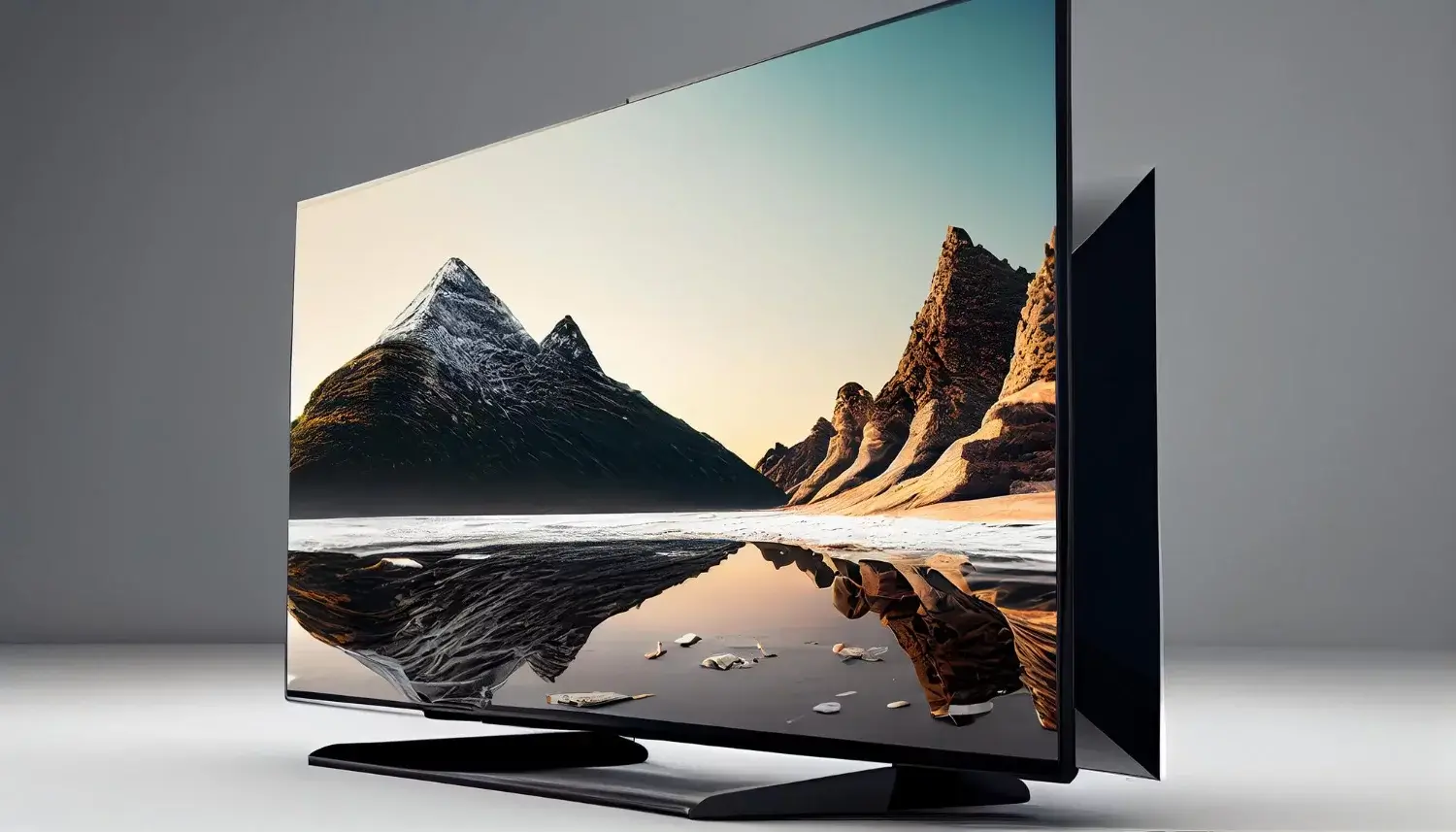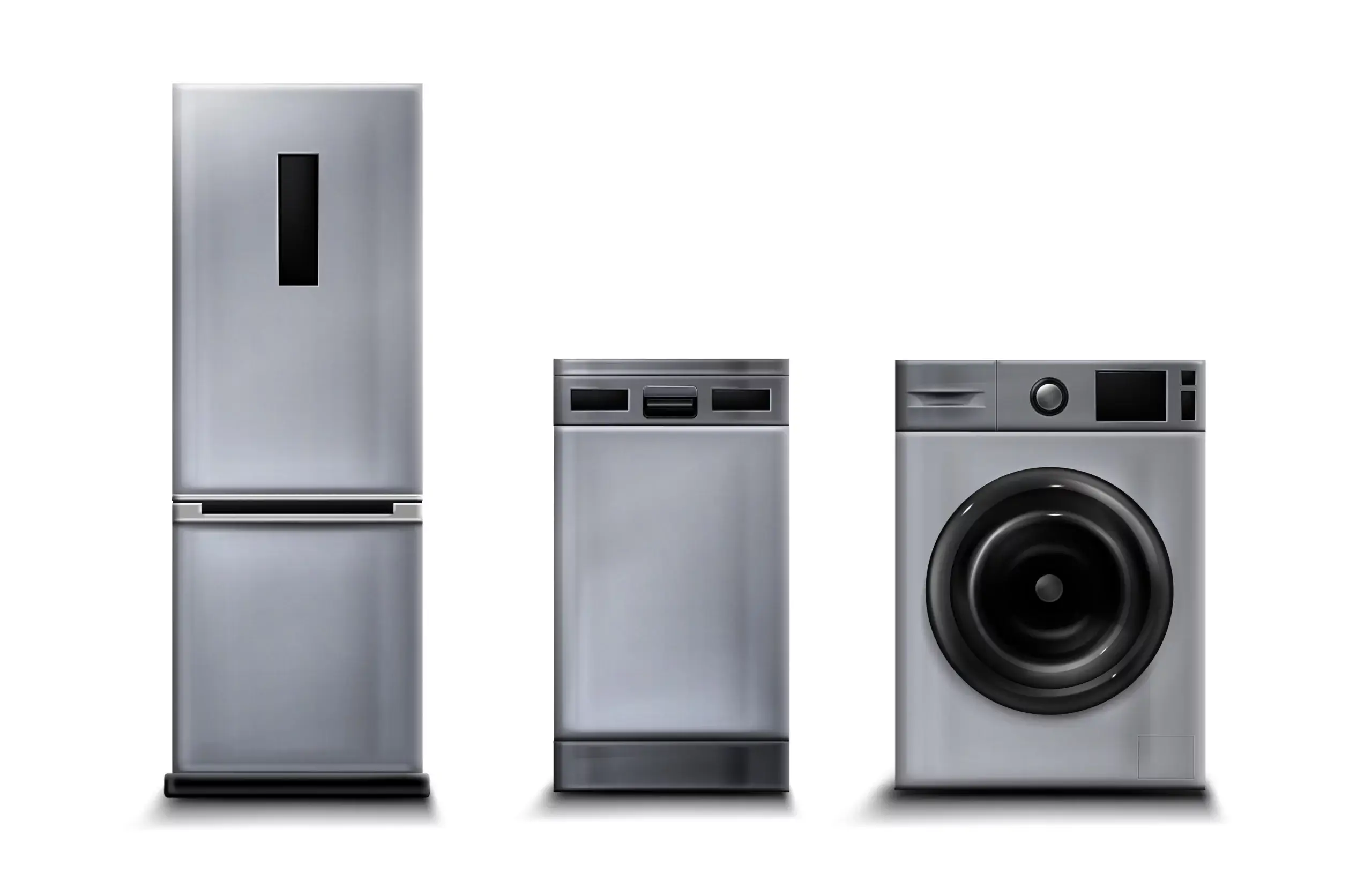In the era of multi-functionality and versatility, the idea of using a TV as a computer screen seems tempting. After all, that expansive canvas and cinematic feel can be alluring. However, before you embark on this dual-purpose journey, it’s crucial to understand the potential pitfalls that come with merging these two technologies. Let’s delve into the disadvantages of using a TV as a computer screen.
- Resolution Reality Check
While TVs boast impressive screen sizes, their resolution might not always align with the demands of a computer screen. TVs tend to have lower pixel densities compared to dedicated computer monitors. As a result, text and images might appear pixelated and less crisp, compromising the visual experience, especially when dealing with fine details.
- The Great Input Lag Debate
Input lag, the delay between a command and its execution on the screen, is a critical concern for any computer user. TVs are optimized for multimedia consumption rather than interactive tasks like typing or gaming. Consequently, they often exhibit higher input lag compared to computer monitors, leading to a less responsive and potentially frustrating user experience.
- The Comfort of Proximity
The allure of a large TV screen can quickly fade when you realize you need to sit farther away to encompass its entire expanse. This distancing can strain your eyes and negate the ergonomic benefits of a computer setup, where the screen is usually at a comfortable viewing distance.
- Eye Strain and Blue Light Woes
TVs are designed for leisurely viewing from a distance, often without the same consideration for extended up-close usage as computer monitors. Many computer monitors now feature blue light filters to reduce eye strain during prolonged use. Unfortunately, most TVs lack this feature, potentially subjecting your eyes to greater strain during late-night work or binge-watching sessions.
- Audio Dilemma
While TVs are equipped with audio systems tailored for movies and TV shows, they might not provide the best sound quality for computer tasks. The immersive soundscapes designed for movies can fall short when it comes to precise audio cues, a crucial aspect for gaming, video editing, or even video conferencing.
- The Aesthetics Angle
Functionality aside, the aesthetics of using a TV as a computer screen might also be a concern. TVs often come with prominent bezels and designs optimized for living rooms. Integrating them into a workspace might disrupt the sleek and focused ambiance of a dedicated computer setup.
The allure of using a TV as a computer screen comes with its own set of trade-offs. While the idea of expansive visuals and multi-purpose utility is appealing, the potential downsides cannot be ignored. The mismatch in resolution, input lag, eye strain, audio limitations, and even ergonomic considerations can all impact your overall computing experience.
Before repurposing your TV, carefully evaluate your needs and preferences. If you’re primarily using it for passive entertainment and occasional computer tasks, it might suffice. However, for tasks that demand precision, responsiveness, and prolonged engagement, investing in a dedicated computer monitor might prove to be a more ergonomic and satisfying choice.
Image by vecstock on Freepik














